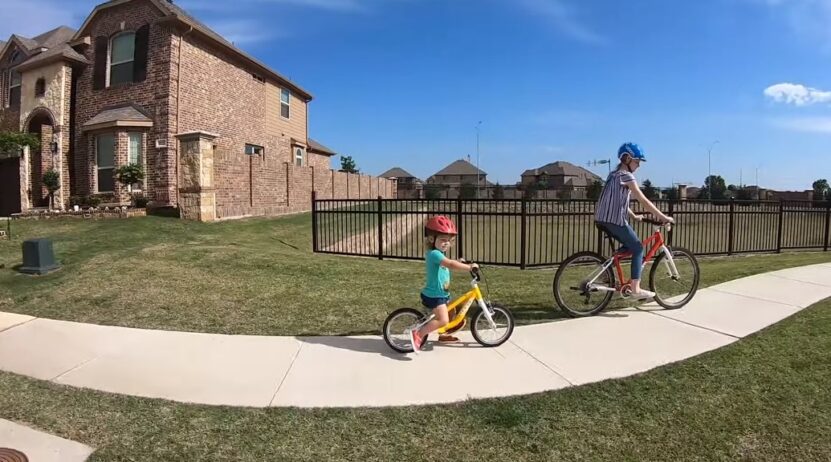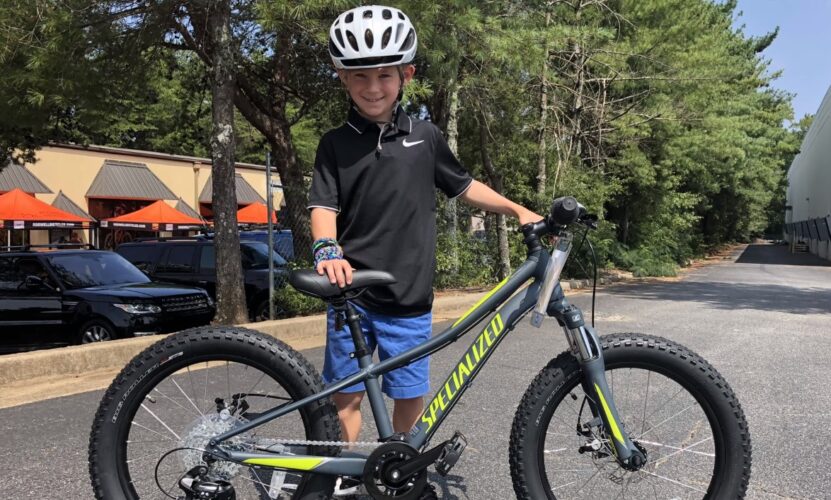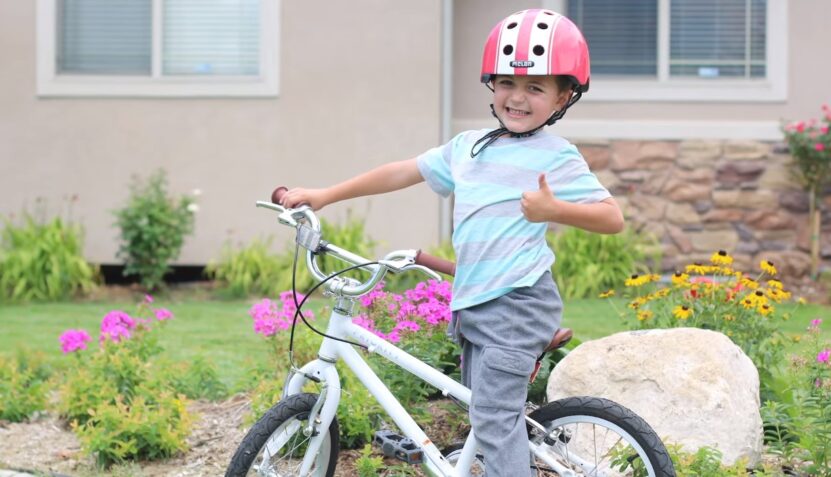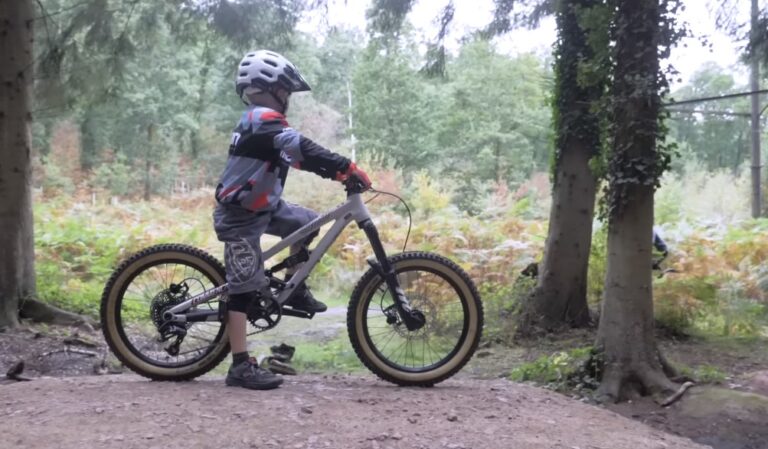Bicycles offer a sense of freedom, adventure, and a healthy dose of outdoor fun for kids of all ages. This emphasizes the importance of selecting the perfect bike to set the stage for countless hours of enjoyment, physical activity, and skill development.
Choosing the right bicycle is not just about finding the right size or style—it’s about fostering a love for cycling that can last a lifetime. Every child deserves a bike that suits their needs, abilities, and personality. With the right kind of bicycle, children can be empowered to explore, stay active, and create lasting memories on their own.
Types of Kids’ Bicycles
When choosing a bicycle for kids, understanding the different types of kids’ bicycles available is essential. Each type has its own unique features and benefits, catering to different ages, skill levels, and riding preferences. Making an informed decision based on these options sets your child up for a successful and enjoyable cycling experience by aligning with your child’s needs. Check here for all info you need.
Balance Bikes: The First Step to Building Pedaling Confidence
Balance bikes (i.e., run bikes or strider bikes) are an excellent choice for young children who are just beginning their cycling journey. These bikes have no pedals or training wheels, allowing kids to focus on balance and coordination. Balance bikes are typically designed for toddlers and preschoolers, and they come in various sizes and styles to accommodate different age ranges.
Training Wheel Bikes: Smooth Transition to Two Wheels
Training wheel bikes are a popular option for kids who are ready to move on from a balance bike or need extra stability while learning to ride independently. These bikes feature two small wheels attached to the rear axle, providing support and preventing tipping over.
Training wheel bikes allow children to practice pedaling and steering while still having a safety net. As their confidence and skills improve, the training wheels can be gradually raised or removed altogether, helping children transition to riding on two wheels.
Single-Speed Bikes: Simplicity and Easy Riding
Single-speed bikes are a simple and straightforward option for kids who have gained confidence in their cycling abilities. These bikes have a single gear, which means there’s no need to worry about shifting gears while riding. Single-speed bikes are ideal for casual rides, neighborhood exploration, and short-distance commuting.
Geared Bikes: Shifting Gears for Growing Riders
Geared bikes are designed for older children who have mastered the basics of cycling and are ready for more advanced riding experiences. These bikes feature multiple gears, typically controlled by a hand-operated gear shifter. Gears allow riders to adjust the bike’s resistance, making it easier to pedal uphill or pick up speed on flat terrain. They allow kids to learn about gear ratios, cadence, and efficient cycling techniques.
Determining the Right Size

Determining the right size for your child’s bicycle is a crucial step in ensuring their safety, comfort, and overall enjoyment of cycling. A properly sized bike allows your child to have better control, maneuverability, and confidence on their two-wheeled adventure.
Choosing the right size bike for your child is crucial for their comfort, safety, and overall enjoyment of cycling. A bike that is too large or too small can hinder their ability to control the bike effectively and may lead to accidents or an unpleasant riding experience. Additionally, below are some tips to determine the right bike size for your child:
- Measure Your Child’s Inseam and Height. The inseam measurement is the distance from the ground to your child’s crotch, while height refers to their overall stature. These measurements will serve as a starting point for finding the appropriate bike size.
- Match Your Child’s Measurements to Bike Sizes. Bike manufacturers often provide sizing charts that correlate inseam and height measurements to recommended bike sizes. These charts serve as a useful reference point and can help you narrow down the range of bikes to consider for your child.
- Future-Proof Your Purchase. Children grow quickly, and their bike needs may change within a short period. Look for bikes with adjustable features that can accommodate growth spurts.
Local Bike Shops vs. Online Retailers: Pros and Cons
When it comes to purchasing a kids’ bicycle, you have the option of visiting a local bike shop or exploring online retailers. Local bike shops offer the advantage of personalized service, expert advice, and the opportunity for your child to test-ride the bike before making a decision. They can also provide valuable insights on bike maintenance, accessories, and local riding spots.
On the other hand, online retailers often offer a wider selection and competitive pricing. Consider your priorities, convenience, and the level of assistance you require when deciding between local bike shops and online retailers.
Finding the Perfect Balance of Price and Quality

Setting a budget is an important aspect of buying a kids’ bicycle. Determine how much you’re willing to spend while keeping in mind that quality and durability are crucial factors for a bike’s longevity and safety.
Look for bikes that offer a balance between price and quality, considering factors such as frame materials, components, and brand reputation. Remember, investing in a well-made bike will provide better performance and minimize the need for frequent repairs or replacements.
Understanding Warranties and Return Policies
Before making a purchase, familiarize yourself with the warranty and return policies offered by the manufacturer or retailer. Check for warranty coverage on frames, components, and any additional accessories. Understand the terms and conditions, including any limitations or requirements for warranty claims.
Additionally, be aware of the retailer’s return policy in case the bike doesn’t meet your expectations or requires adjustments after purchase. Knowing these policies will provide peace of mind and protect your investment.
Gear Up for Cycling Fun: Start Your Child’s Biking Adventure

As your child embarks on their cycling journey, prioritize safety by ensuring they wear a helmet and follow proper cycling etiquette. Encourage them to practice regularly, develop their balance, coordination, and confidence, and explore safe and enjoyable riding routes.
Whether your child is starting with a balance bike, transitioning to a pedal bike with training wheels, or ready to ride independently on a geared bike, remember that cycling is about having fun and embracing the freedom of the open road. Emphasize the joy of riding, encourage their curiosity, and celebrate their achievements.

